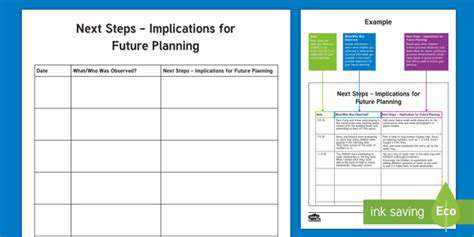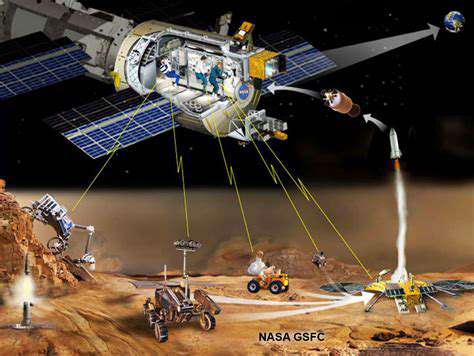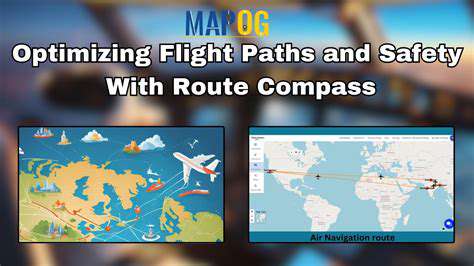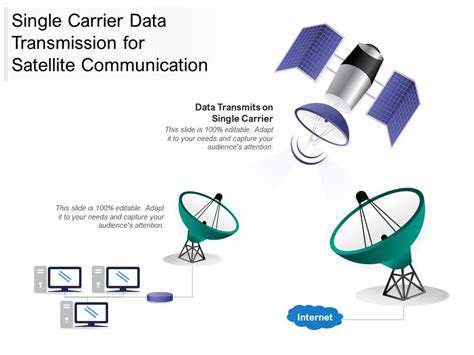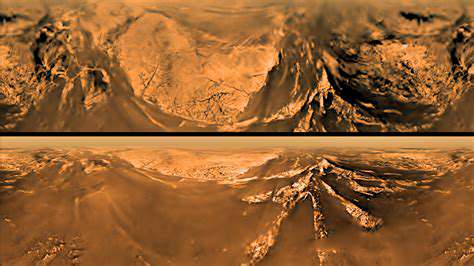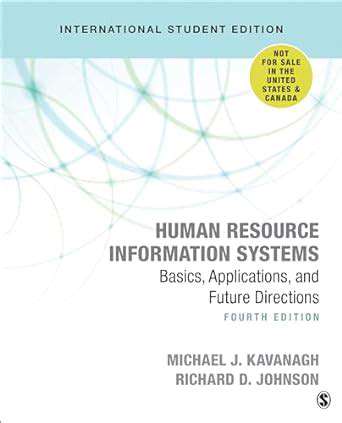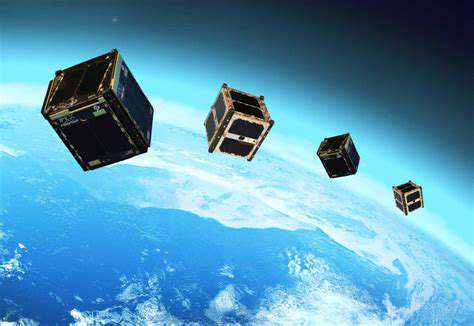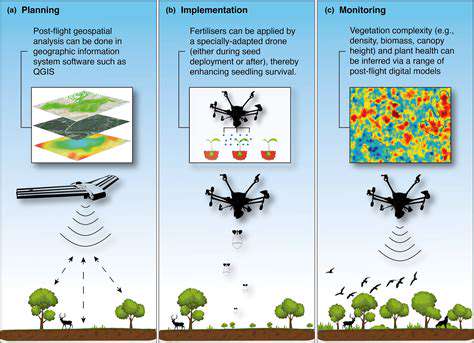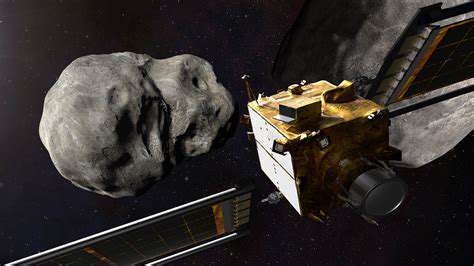
Gravity Tractor Method: A Gentle Approach to Deflection
Understanding the Gravity Tractor Method
When considering ways to alter the path of asteroids that might threaten Earth, the gravity tractor technique presents an innovative solution. Rather than relying on brute force, this method uses the natural pull of gravity between two objects to slowly nudge an asteroid onto a safer trajectory. The beauty of this approach lies in its precision and reduced risk of unintended breakage, which could create more space debris. Over time, even a small gravitational tug can accumulate to make a significant difference in the asteroid's path.
Imagine a spacecraft hovering near an asteroid, using nothing but its own mass to exert influence. This elegant solution requires no physical contact, eliminating concerns about surface composition or structural integrity. However, it demands exact positioning and thorough knowledge of the asteroid's properties to calculate the optimal gravitational interaction.
The Role of Spacecraft Technology
Creating a spacecraft capable of this mission presents unique engineering challenges. The vessel must maintain an incredibly stable position relative to the moving asteroid, sometimes for years at a time. Advanced propulsion and control systems become crucial when dealing with such delicate maneuvers over vast distances in space. Power generation and thermal management also become critical factors for these long-duration missions.
Gravitational Interactions and Asteroid Characteristics
Each asteroid presents unique challenges based on its physical properties. The method's effectiveness directly relates to the asteroid's mass distribution, rotation rate, and surface features. Scientists must carefully analyze these characteristics to model the gravitational interaction accurately. Even small miscalculations in density or shape could significantly affect the deflection outcome, making comprehensive reconnaissance missions essential before attempting any tractor operation.
Modern computer simulations allow researchers to test various scenarios, adjusting parameters to find the most efficient way to achieve the desired course correction. These models help identify potential complications and optimize the tractor's positioning strategy.
Advantages of the Gravity Tractor Method
Unlike more aggressive approaches, the gravity tractor poses minimal risk of fragmenting the asteroid. This becomes particularly important when dealing with loosely-bound rubble piles or brittle materials. The method's gradual nature also allows for mid-course corrections, providing flexibility if initial assumptions prove inaccurate.
Perhaps most importantly, this technique preserves the asteroid's structural integrity while changing its orbit. This controlled approach offers predictability that sudden impact methods cannot match, making it especially valuable for larger objects where fragmentation could create multiple hazards.
Challenges and Limitations
The method's primary drawback lies in its extended timeframe. Deflecting a massive asteroid might require decades of continuous operation, pushing current spacecraft longevity to its limits. This demands breakthroughs in autonomous systems, long-term propulsion solutions, and durable components that can withstand the harsh space environment for unprecedented durations.
Accurate mass determination proves particularly challenging for irregularly shaped asteroids. Without precise measurements, the calculated gravitational effects may not produce the intended deflection. Multiple reconnaissance missions may be necessary to gather sufficient data before committing to a tractor operation.
Mission Duration and Cost Considerations
Extended mission timelines translate directly into higher costs and greater technical complexity. Developing spacecraft capable of operating reliably for decades in deep space requires substantial investment. Power systems must be designed for extreme longevity, and communication networks must maintain contact across millions of kilometers.
When evaluating deflection options, planners must balance these costs against the potential benefits. While expensive, the gravity tractor might prove cost-effective compared to alternatives when dealing with certain asteroid types or when early detection provides sufficient lead time.
Comparison with Other Deflection Techniques
Contrasting with kinetic impactors that rely on sudden momentum transfer, the gravity tractor offers a gradual, controlled alternative. Impactors might work faster but risk structural damage to the asteroid. The tractor's slower approach provides more certainty but requires earlier detection and intervention.
Selection between methods depends on multiple factors including available lead time, asteroid properties, and acceptable risk levels. In many scenarios, the gravity tractor represents the safest choice when time permits, particularly for larger objects where fragmentation could compound the threat.
International Collaboration and Future Research: A Global Effort for Planetary Defense
International Collaboration: A Crucial Foundation
Addressing asteroid threats effectively requires pooling global resources and expertise. No single nation possesses all the necessary capabilities for comprehensive planetary defense. Shared observation networks dramatically improve our ability to detect and track potentially hazardous objects, while collaborative research accelerates technological advancement.
Different countries contribute unique strengths - some excel in detection technologies, others in propulsion systems or mission planning. This diversity enables more robust solutions than any nation could develop independently. International cooperation also helps standardize protocols and share the substantial costs involved in planetary defense initiatives.
Future Research Priorities: Enhancing Detection Capabilities
Improving our early warning systems remains paramount. Next-generation telescopes with wider fields of view and greater sensitivity could identify threats years earlier than current technology allows. Advanced algorithms processing this data could automate threat assessment, freeing scientists to focus on mitigation strategies.
Equally important is deepening our understanding of asteroid composition and behavior. Detailed knowledge of material properties informs deflection strategy selection and improves simulation accuracy. Sample return missions and impact experiments continue to provide invaluable data for these studies.
Developing Mitigation Strategies: A Multifaceted Approach
Research must continue across all potential deflection methods. While gravity tractors show promise for certain scenarios, other techniques like laser ablation or mass drivers might prove more effective in different situations. Maintaining a diverse technological portfolio ensures flexibility when responding to actual threats.
Ground-based testing and computer modeling help refine these methods before they're needed in real emergencies. Developing modular spacecraft designs that can adapt to various deflection approaches would provide valuable operational flexibility when responding to newly discovered threats.
Data Sharing and Communication Protocols: A Seamless System
Establishing standardized data formats and rapid communication channels ensures timely coordination during potential crises. A centralized clearinghouse for asteroid observations and trajectory calculations would prevent duplication of effort while maximizing global observational coverage.
Clear protocols must define how and when to alert governments and the public about potential threats. Balancing transparency with the need to avoid unnecessary alarm requires careful messaging strategies developed in advance.
International Treaty and Legal Framework: Establishing Global Agreements
A formal international agreement would clarify responsibilities and procedures for planetary defense. Such a framework should address resource allocation, decision-making authority, and liability concerns. Without clear guidelines, political disputes could delay critical responses to imminent threats.
The treaty must also establish protocols for testing deflection technologies to prevent misinterpretation as hostile acts. As these capabilities develop, maintaining international trust and cooperation becomes increasingly important for global security.

